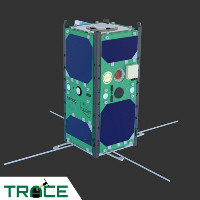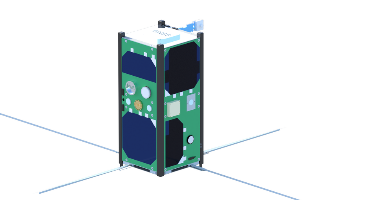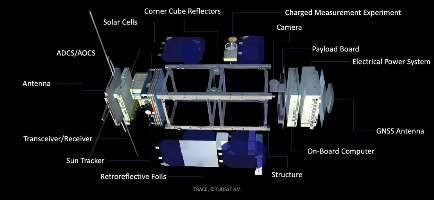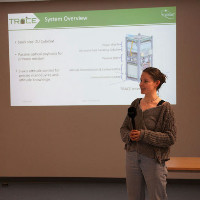| Satellite | TRACE (TU Darmstadt ReseArch Cubesat for Education) |
|---|---|
| Type | CubeSat |
| Units or mass | 3U |
| Status | not launched, expected in 2025 |
| Launcher | Falcon 9, (Transporter-14) |
| Entity name | TU Darmstadt Space Technology (TUDSat) |
| Institution | Non-profit |
| Entity type | Academic / Education |
| Headquarters | Germany |
| Oneliner | |
| Description | |
| Sources | [1] |
| Photo sources | [1] [2] |
Last modified: 2024-12-29




